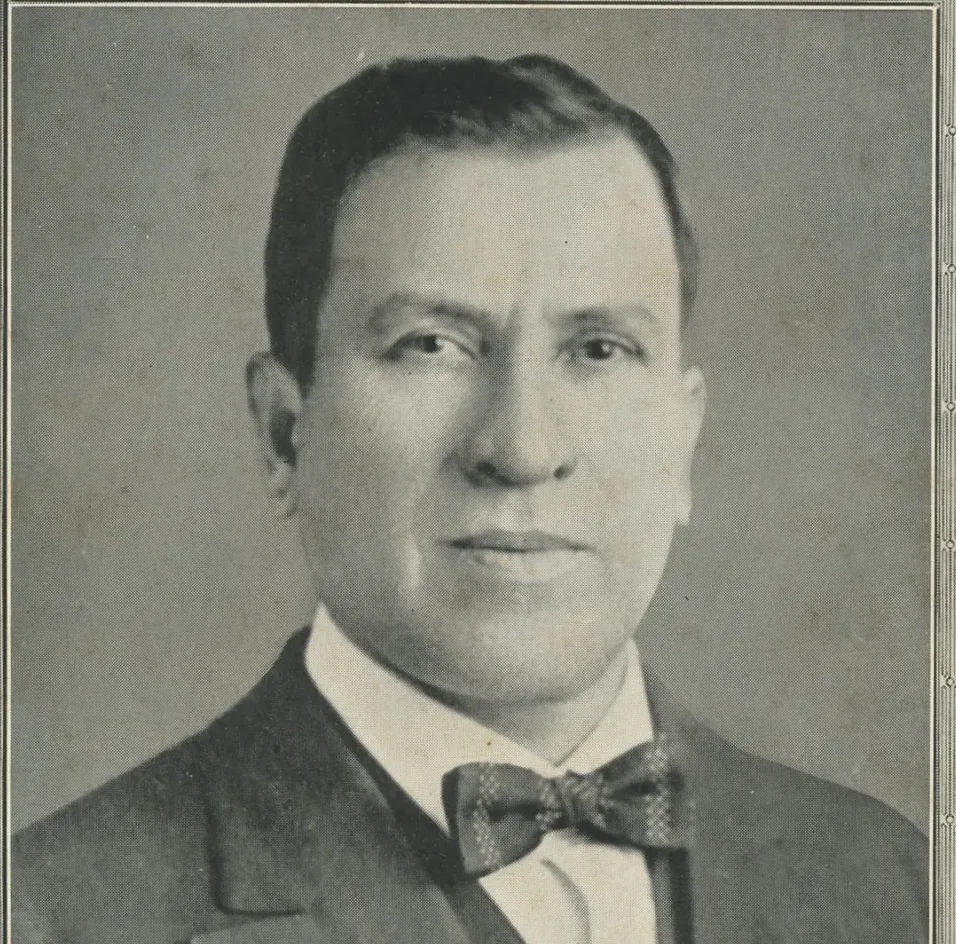The Fabulous Story of Dr. García’s Gold; MOST History Exhibit opens Sept. 12

Edinburg, Texas, Sept. 7, 2023 — Early in 2022, the Museum of South Texas History received a donation of 400 gold coins along with a fascinating South Texas story. “Dr. García’s Gold,” an exhibit opening Tuesday, Sept. 12, tells the story of gold buried under a house in San Diego, Texas, almost a century ago.
The long and winding story of “Dr. García’s Gold” begins with small town doctor José García, who operated a medical practice in San Diego between 1900 and the 1950s. According to family documents García began to acquire gold coins in the 1890s. In 1933, García buried about 500 American gold coins under his house in San Diego after President Franklin D. Roosevelt signed an executive order to collect gold held privately by Americans.
When Dr. García’s daughter Gloria was about to marry Hector López in 1950, Dr. García told Hector and Gloria about the gold. He said he had kept it for Gloria, so she could take care of her brother “Lico.” For many years, Hector crawled under the house in search of the gold, but never found it. Upon Dr. García’s death in 1964, Gloria and Hector assumed ownership of the San Diego house. In 1976 they sold the house to a man named Alejandro López.
The story of the gold takes a dramatic turn in 2002 when Alejandro found a leaky sewer line and called on town plumber Serafín Treviño to fix it.
Treviño’s path to the leaking pipe was through a trap door in the kitchen that was installed in 1929. Treviño thought he needed more space to maneuver, so he began to dig and eventually unearthed a big chunk of mud enmeshed with gold coins. Instead of reporting the find to Alejandro, Treviño took the gold home and began to sell individual gold coins in the community.
When Alejandro learned of this, he went to Treviño to claim that the gold was given to him by his father. Treviño did not believe Alejandro, so they sued each other for rightful ownership of the coins.
Word of the trial at the Duval County Courthouse over legal possession of the gold made it into the local news. In nearby Alice, Texas, Gloria and Hector found out, and they promptly approached Alejandro and Treviño. They told them that Gloria’s father buried the gold under his house many years before. Gloria argued the gold was her birthright.
Alejandro said it was his, and so did Treviño. Gloria and Hector then took legal action to gain possession of the gold. In 2004, a Duval County jury decided the gold’s rightful owner.
MOSTHistory shares the story of the legal proceedings that determined legal ownership and will also examine the broader story that shaped Dr. García, Gloria and Hector as significant actors in the history of South Texas.
“Dr. García’s Gold” opens Tuesday, Sept. 12, and is included in the museum’s regular admission fees. The museum is open Tuesday to Saturday from 10 a.m. to 5 p.m. and Sunday 1 p.m. and 5 p.m.
For more information on the exhibit, please visit www.mosthistory.org/events or call the museum at 956-383-6911.
About Museum of South Texas History
The Museum of South Texas History is accredited by the American Alliance of Museums. It is located downtown Edinburg at 200 North Closner Boulevard on the Hidalgo County Courthouse square. Founded in 1967 as the Hidalgo County Historical Museum in the 1910 Hidalgo County Jail, the museum has grown over the decades through a series of expansions to occupy a full city block. In 2003, following the completion of a 22,500 square foot expansion, the museum was renamed the Museum of South Texas History to better reflect its regional scope. Today, the museum preserves and presents the borderland heritage of South Texas and northeastern Mexico through its permanent collection and the Margaret H. McAllen Memorial Archives and exhibits spanning prehistory through the 20th century. For more information about MOSTHistory, including becoming a FRIEND, visit MOSTHistory.org, like us on Facebook and Instagram, follow on Twitter, find on YouTube or call +1-956-383-6911.

